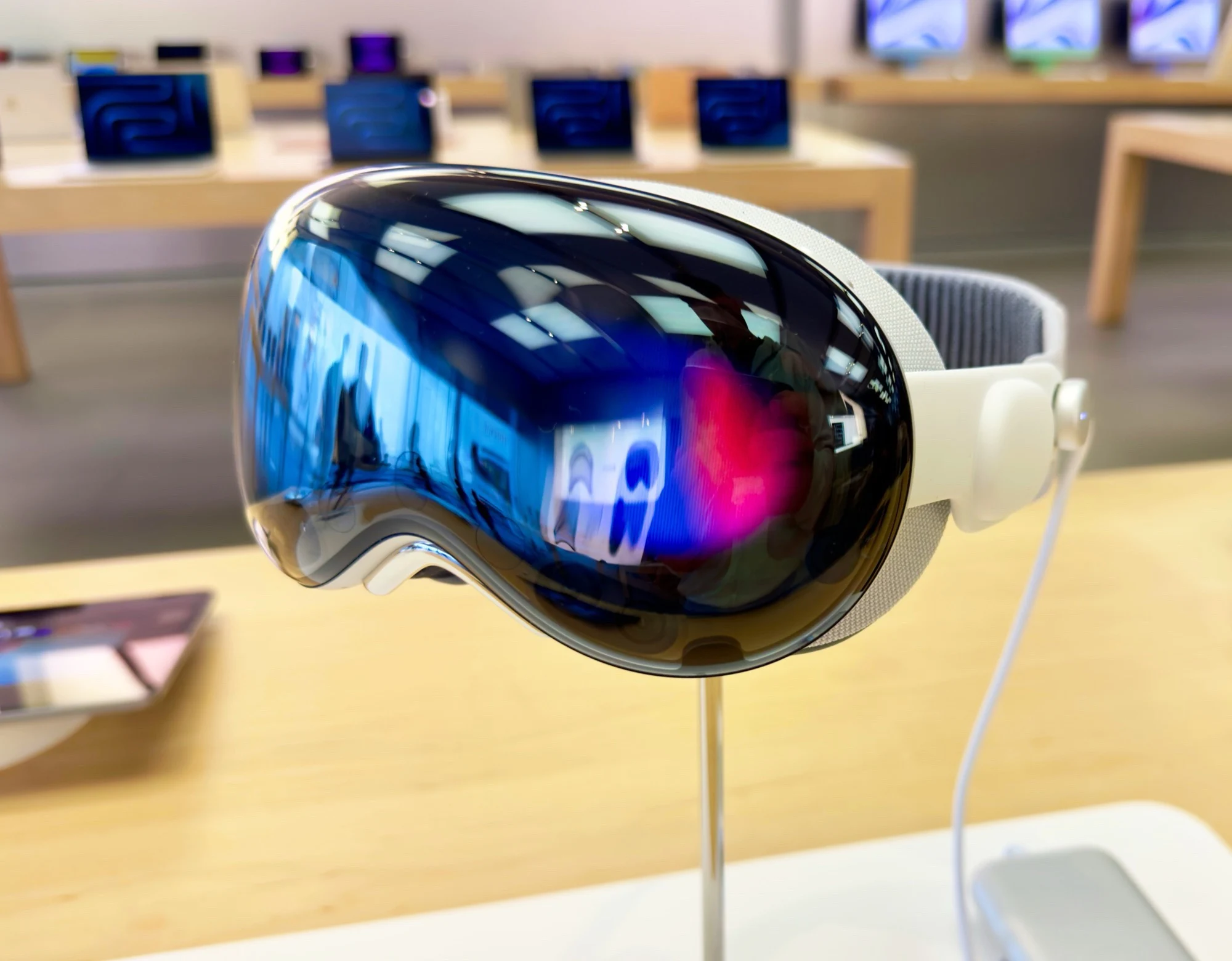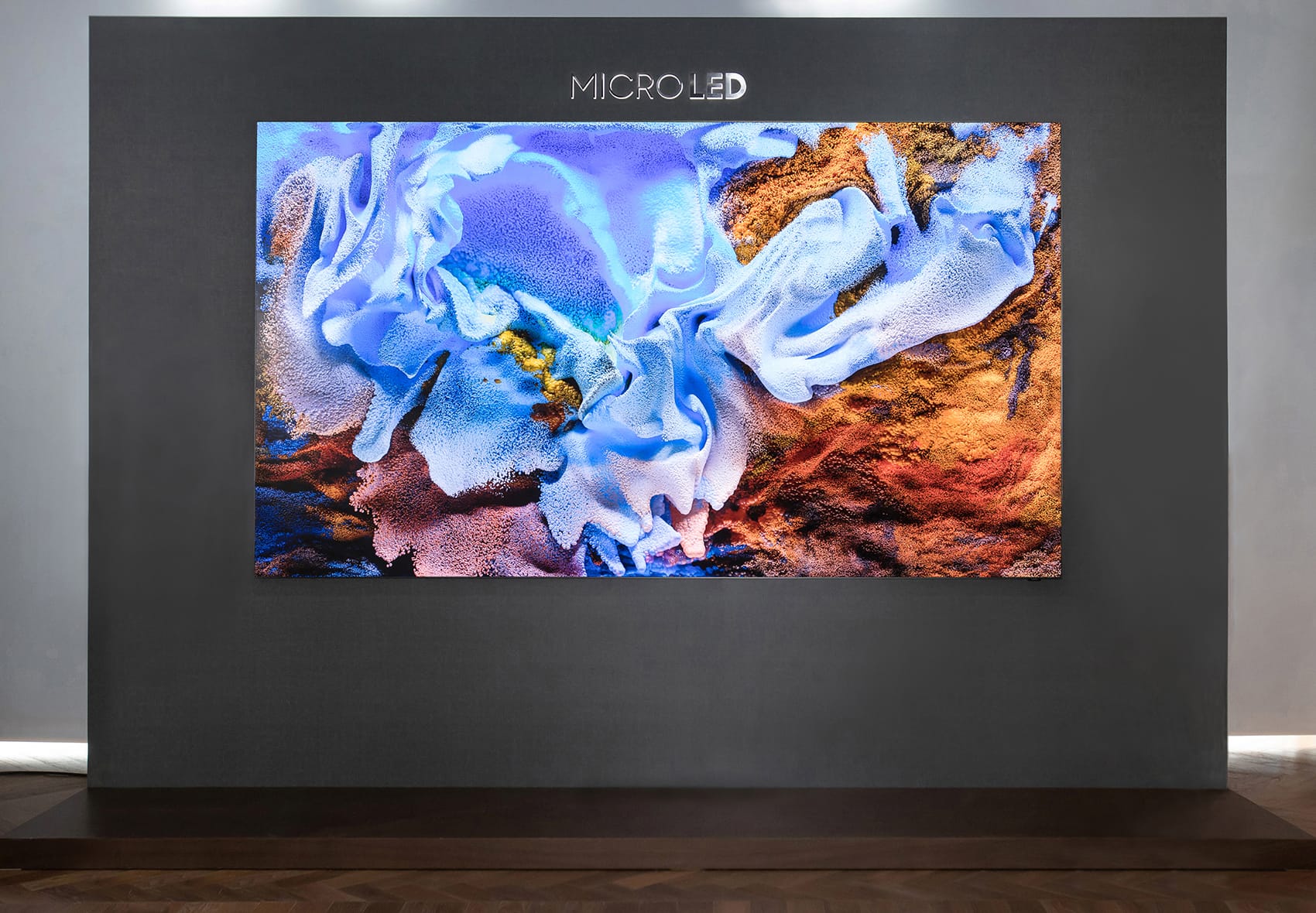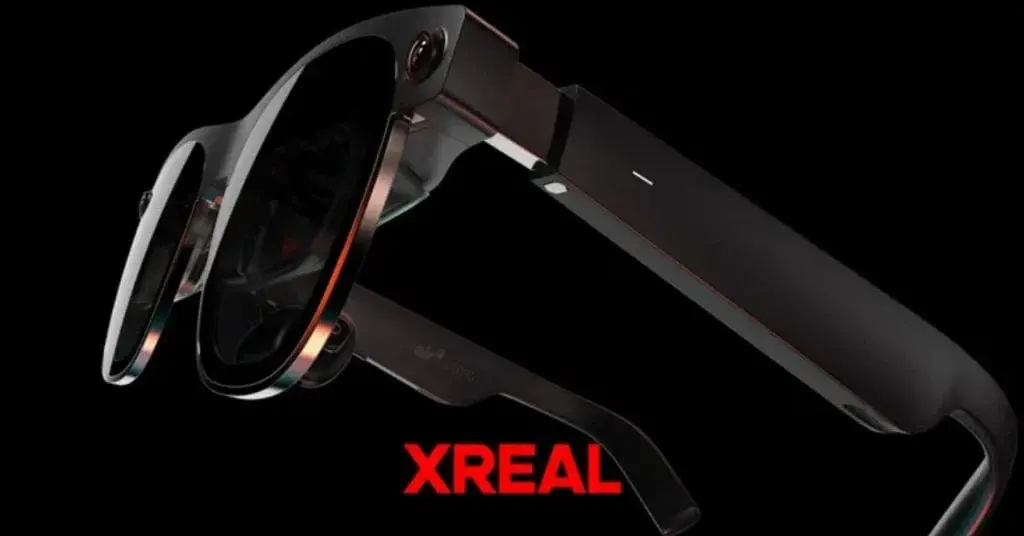Rumors about Apple working on slim AR glasses similar to Ray-Ban Meta Smart Glasses have been going around for several months. The idea was to create glasses that are so subtle that people could wear them all day. Instead of an integrated battery, Apple planned to connect them to an iPhone via a wire, allowing for decent processing power. Besides having speakers and microphones, the glasses were meant to feature a display within the lenses, showing useful information about real-world objects.
Early Challenges
Initial prototypes faced issues, as they drained the iPhone’s battery too fast, and the phone’s processing didn’t meet the needs for many features. This led to the creation of a new model that was designed to work with Macs. However, a recent report from Bloomberg states that these prototypes did not impress Apple’s management, resulting in the project’s cancellation this week. This has been a disappointment for Apple’s Vision Products Group, which is also in charge of the Vision Pro mixed reality headset, and has reportedly affected the team’s spirit.
Future Aspirations
Looking ahead, Apple is said to be aiming for AR glasses that won’t need a connection to an iPhone or Mac. Work on some key technologies, like microLED panels for the lenses, will keep going. The Vision division is also working on a new version of the Vision Pro and AirPods with built-in cameras, which could feature AR capabilities and gesture controls. Despite this, internally, Apple is struggling with the Vision Pro’s lack of success. It’s believed that the high cost has led to poor sales, and additionally, users are not utilizing their headsets as much as Apple had hoped, making it critical for the company to discover new uses for Vision Pro.
Source:
Link






